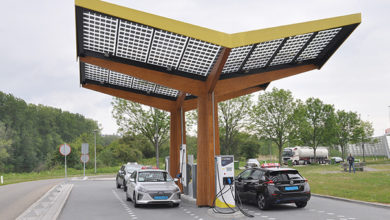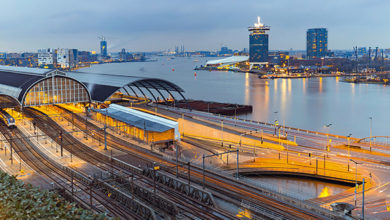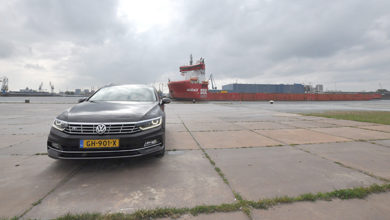24 hours, a metropolis, as many means of transportation as possible with reference to solutions from Phoenix Contact – the second part of the journey through the Dutch metropolis. This time it’s about individual mobility underground.
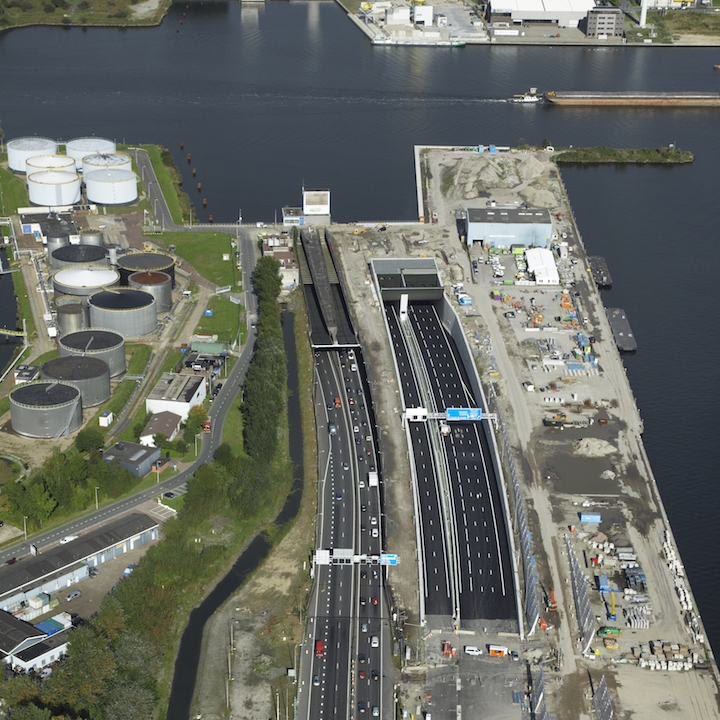
Tunnel tour
We are heading for the next infrastructure project by car. It takes us to the Amsterdam Harbor. Between the docks and high barriers we approach a tunnel. Although Amsterdam itself is already below sea level and the sandy and muddy subsoil is anything but ideal, the metropolis is teeming with underground traffic routes. No wonder that bridges, locks, old buildings and plenty of waterways cavort above the grass hub.
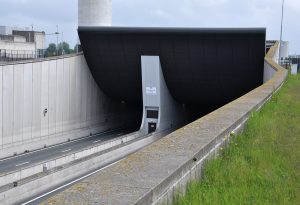
“Like the Schinkelbrug, the two pipes of the Coen Tunnel are a part of the orbital freeway system A10 surrounding Amsterdam,” explains Braam. “The first tube was put into operation in 1966, the second in 2013, crossing under the Noordzeekanaal and parts of the harbour. The Coenhaven is the eponym of the name and is located right next door. Before there was a tunnel, the cars had to cross the water surface with the ferry “Hempont”. The traffic volume at that time was about 5,800 cars a day. Today, around 200,000 vehicles pass through the tunnel.”
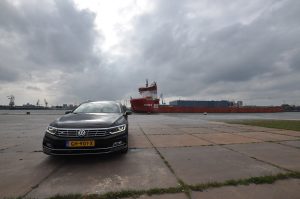
The old and the new tunnel tubes together offer nine lanes, two of which can be flexibly driven in both directions in order to cope flexibly with increased traffic volumes.
“The tunnel lighting here has been equipped with our control modules. The lighting in a tunnel is
divided into different light zones which can be controlled such that the driver does not drive into darkness, and isn’t blinded at the exit by the sudden sunlight.”
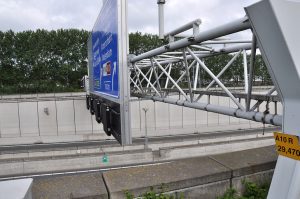
Electronic control and communication are also necessary if the signals on the crossbeams above the carriageway are to react to the flow of traffic. Furthermore, the camera units have to transmit their data to a traffic control room. “We are currently developing a solution for such applications together with our German colleagues that is easy to install and connect. Communication can then be wireless, for example with the Radioline wireless system.”
Facts: Coentunnel
Year of construction: 1st tube 1961 – 1966, 2nd tube 2009 – 2013
Length: 1283 m
Width: 2 tubes, 9 tracks
Traffic volume: approx. 200,000 vehicles per day
Solution examples
Tunnel we can. And that worldwide, not only in Amsterdam. For one thing, we are experts when it comes to secure energy supply in the tube (and not just there!). And on the other hand, data traffic is also a strength of Phoenix Contact. From the sensor to the control room, from the camera to the signal control. Whether wireless or by wire. Light, power, ventilation and air supply as well as monitoring technology belong to the complex system of tunnels.
Overview Tunnel-Technologie Phoenix Contact
Tunnel lightning
Cholfirst-Tunnel Switzerland
Lopper-Tunnel Switzerland
